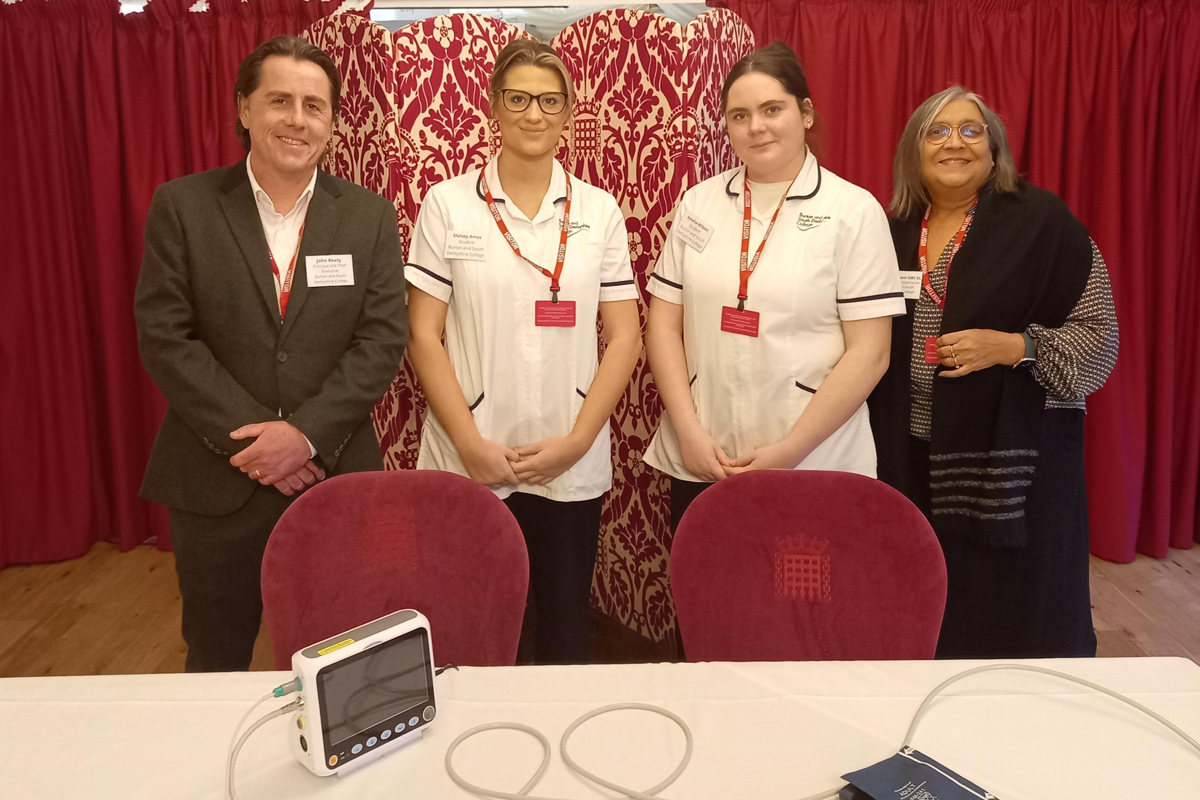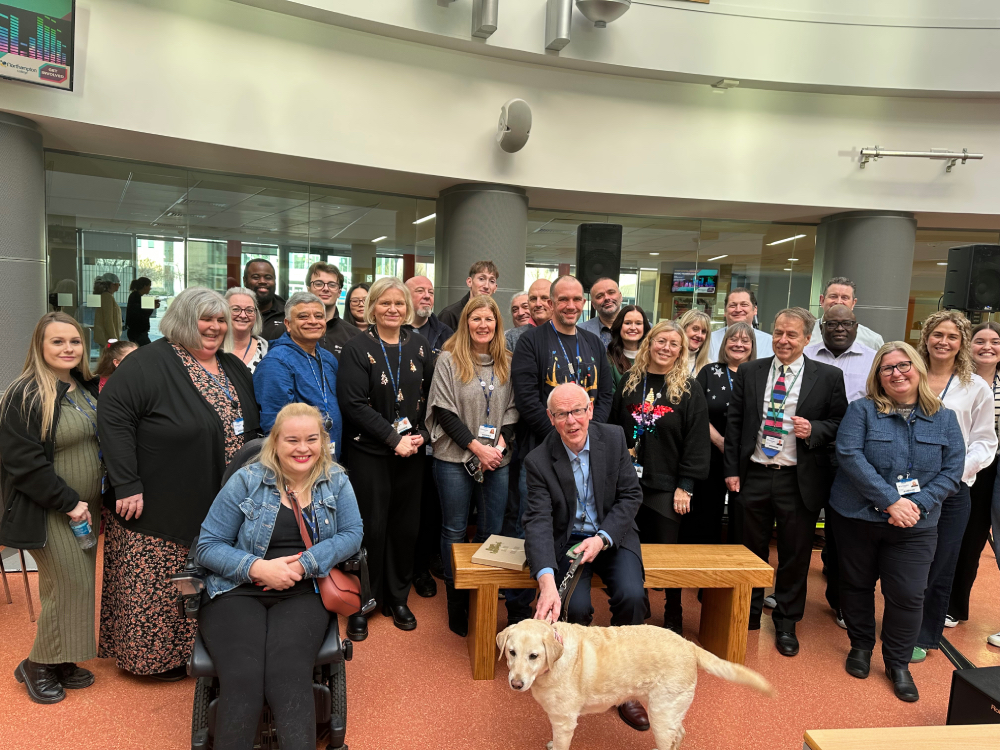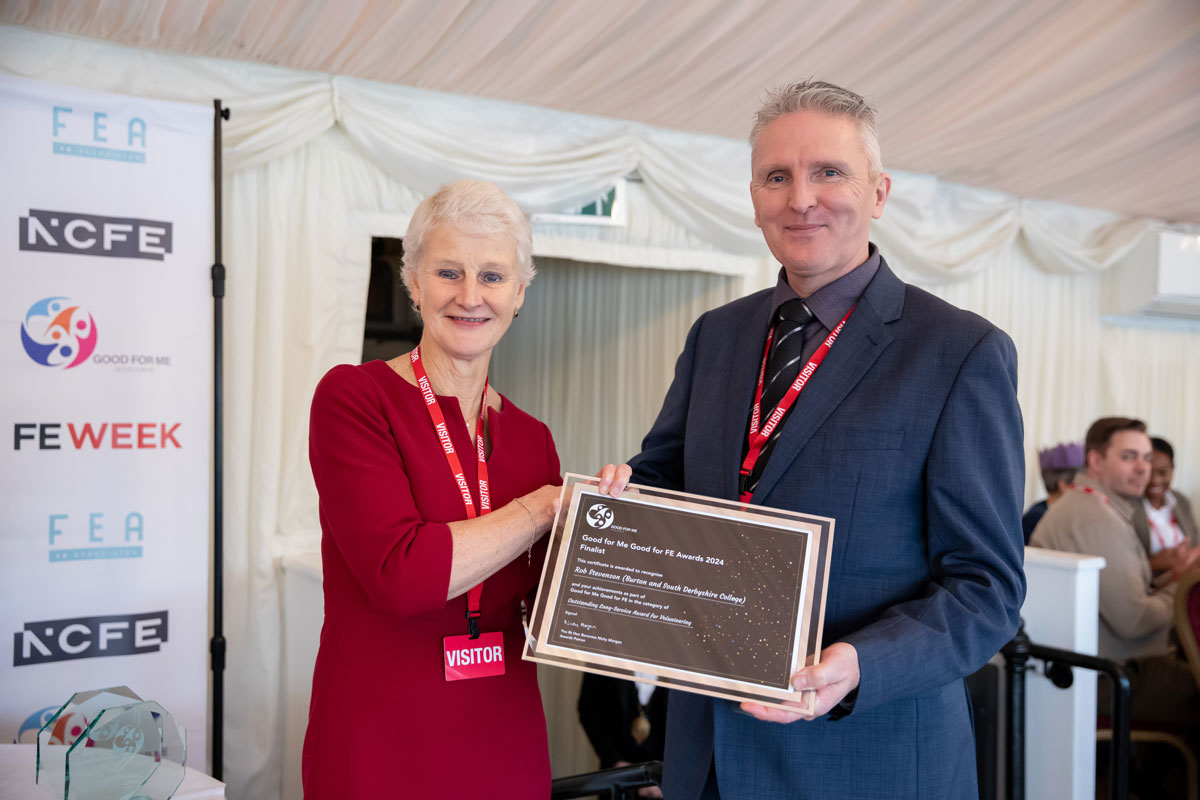How FE colleges can level up their HE offering in a changing education climate

With huge changes and challenges facing higher education in England over the coming years, it’s more important than ever for schools and FE colleges to think outside the scope of the traditional 2 year post-16 pathway.
What will higher education look like in future?
University applicants are currently facing the stiffest competition in years, with deferrals, grade inflation, and tougher criteria. A HEPI report from October 2021 predicts a likely demand of up to 380,000 additional HE places by 2035, and – if OfS targets are met – a greater number of disadvantaged students entering higher education, which could lead to an even faster growth of demand than anticipated.
Alongside this upsurge in demand, HE also faces a greater reliance on home students rather than international in future, due both to the UK leaving the EU and to the global pandemic; the possible closure of some HEIs; and a greater widening of the equity gap, with the pandemic accelerating and worsening the gap in higher education and its connection to work.
Challenges faced by universities
The global pandemic has changed the face of academic learning, with many universities now offering blended learning, mixing face-to-face lectures with digital teaching. And while campus life is slowly returning, things look different from how they used to be, with measures put in place to protect both students and staff looking as if they will stay for the foreseeable future.
The Government’s ‘Levelling Up’ agenda has challenged universities to set new ambitious targets[1] to support students throughout their time at university by reducing dropout rates and improving progression into high paid, high skilled jobs. There will be a shift away from marketing activities that just benefit universities to an approach that improves education attainment, and universities will have a responsibility to work with communities to help ensure that the needs of disadvantaged future students are met much earlier, while they are still in schools and FE colleges.
Universities will have to meet new OfS Access Targets designed to ensure that future generations have “equal opportunities to access and succeed in higher education, and to achieve successful and rewarding careers”.
Where are the opportunities for Further Education colleges?
So what are the opportunities for FE colleges in the face of these new challenges? Policy changes mean that in future it will be more favourable for FE to support any additional demand for higher education.
We will see increased opportunities for HE in FE collaborations, such as accredited degree offerings, alongside a rise in non-traditional higher education students, including career changers, late bloomers, and upskilling professionals.
Above all this is a real opportunity to help reduce the equity gap in education, and to ensure that people from all backgrounds, all communities and of all ages have equal access to higher education, and a greater likelihood of success, both academically and in their future careers.
How do FE colleges take advantage of HE opportunities?
There are two elements to this:
- attracting HE students, and
- ensuring that the environment and infrastructure are there to retain and support them towards successful academic and employment outcomes.
Marketing to HE audiences – According to a recent survey by YouthSight, 73% of prospective students have already chosen their subject by August. But most (74%) are yet to choose their university at that point – so there is everything to play for.
So what do FE college marketers need to consider in this changing climate?
1. Consider your brand purpose
Are you offering what your HE market needs? And does your HE offering reflect your core values – in other words, are you playing to your strengths and offering what you’re best at?
2. Keep in mind how much the overall experience of students matters
A distinctive HE student experience might include a ‘sticky’ campus – one that encourages students to stay beyond their lectures, creating a community feel and a sense of belonging. Consider the standard of the facilities; the attractiveness of the location; the overall look and feel of the campus. What work opportunities are on offer? Are financial assistance and pastoral support readily available (and accessible) to those who need them?
3. Provide an inclusive and democratic learning environment
Today’s students enjoy having a personalised experience, and a co-authored and student-centred curriculum, in which student feedback is part of design, is an important consideration.
So think about what is distinctive in what you offer, compared to other colleges. What wider and deeper value do you offer HE students that is above and beyond the value of the fees?
Levelling up your HE provision
While colleges might easily see the benefits of increasing HE provision, the challenges on the ground are often around infrastructure and staff engagement and buy-in.
What’s needed is a change from promoting and supporting the traditional two year, post-16 pathway, and instead looking further ahead at the overall 16-21 journey.
A case study
Let’s look at an example.
College A is a large FE college in England. Their HE figures have been declining for the last three years, and they are committed to increasing their HE provision.
Their main challenges are internal:
- a lack of understanding amongst their staff, and
- curriculum planning that is not set up to deliver HE effectively.
Four Potential Solutions
1. Improve your internal communications
The first step is to develop an engagement strategy, with the aim of ensuring that all staff understand HE in FE and the opportunities it represents for development, promotion and growth – both professionally and for the college as a whole.
2. Focus on school/parents liaison
Aim to create a compelling narrative – one that highlights what’s important to parents and encourages buy-in e.g. convenience, studying from 16 to higher education in one place etc.
3. Build on HN Flex success
Gather testimonials and make use of HE Champions for both study and work, encouraging adult students to continue in education.
4. Lobby for better curriculum planning
Provide feedback to staff on student course enquiries and discuss missed income opportunities. Share projections to encourage senior management buy-in and engagement with the opportunities HE presents if prioritised.











Responses